Success stories

The latest example is The Madonna and Child, a painting on canvas from a private collection. In 2020, the Czech start-up InsightART successfully helped attribute the painting to the Renaissance master Raphael, using RToo, a state-of-the-art robotic X-ray scanner.
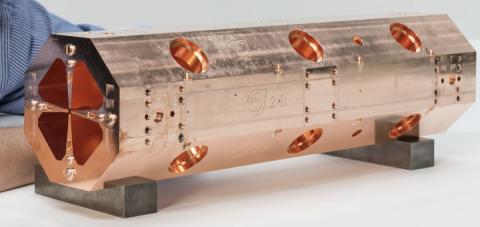
During 2016, the construction of the 750 MHz Radio-Frequency Quadrupole (RFQ) was successfully completed.
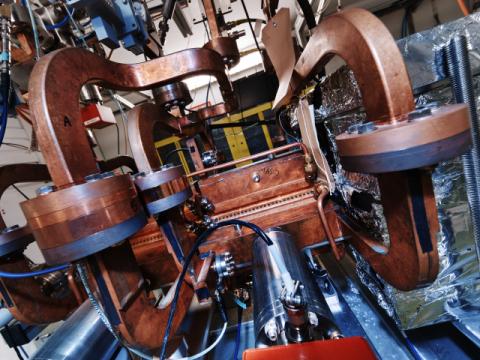
In September 2020, CERN and the Lausanne University Hospital (CHUV) announced their collaboration on an innovative facility that will use CLIC (Compact Linear Collider) accelerator technology.
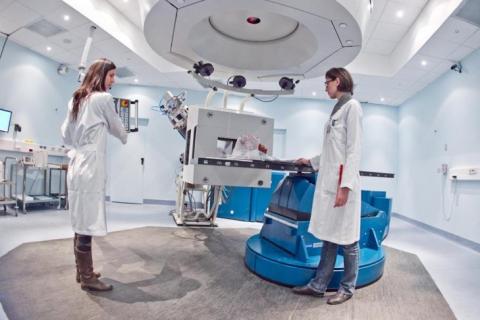
CERN patented Gas Electron Multiplier updated for use in hadron therapy and radiotherapy.

Developing standards for activated material characterisation would not only improve the safe handling of these materials, but also help unclutter storage facilities by removing materials that can be recycled.
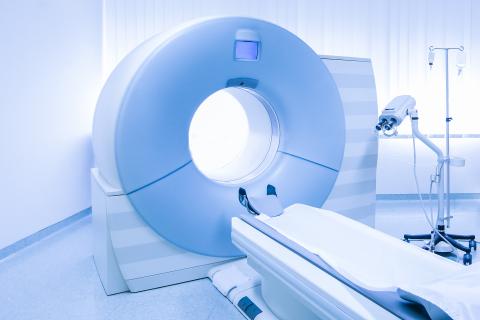
A new Monolithic Active Pixel Sensor, originally developed to upgrade the ALICE inner tracking system during the second long shutdown of LHC, is on its way to Bergen University for a very different application – Proton Computed Tomography (Proton CT).
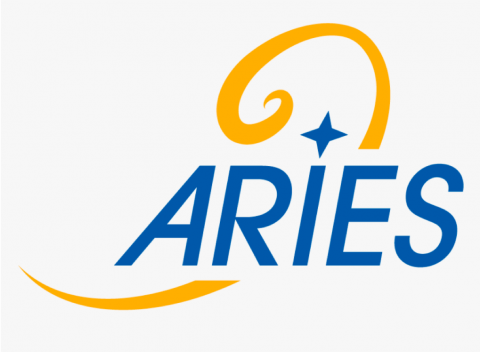
Horizon 2020 project ARIES aims to improve the performance, availability and sustainability of particle accelerators, transferring its benefits and applications to science and society.

In September 2019, CERN, the foundation Commodity Risk Management Expertise Centre (CORMEC) and the Wageningen University signed an agreement to develop new methods for identifying anomalies that can harm the integrity of commodity and financial markets.

CERN's TimePix3 chip will be used on third license by ASI for devices in X-ray imaging, electron microscopy to particle track reconstruction.
